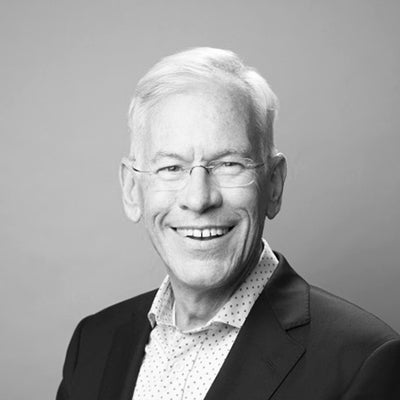Volunteers have a long and valued presence in most hospitals in North America. In fact, volunteering is where many of us got our first exposure to patient care and how we could be helpful to other people. So why aren’t we harnessing the power of volunteerism more to support older people in EDs? Well, many EDs are starting to do so.
The history of volunteers involved in geriatric care goes back, as many things do, to Dr. Sharon Inouye. In the early 2000s, she developed the concept of an Acute Care of the Elderly (ACE) unit to change the way hospitalized older people were cared for on the ward – and to change the quality of care and outcomes. That ACE model included an important new role to inpatient care. Called the Hospitalized Elder Life Programme or HELP, it ensured that specially trained volunteers were added to the daily routine of older patients to do or supplement many of the care requirements that older people have – to help them go for a walk; to help them eat their meals; to help them do exercises in bed; to help them tune into their favourite radio programme, website, or TV show; to help them call their family member in another state. See why it’s called HELP? Not surprisingly, when studied, HELP was shown time and again to have a big impact on improved functional recovery, on reduced rates of in-hospital delirium, on enhanced patient and family experience of care, and on reduced cost of care. And staff members loved it too as they now had allies to help do all those things that are important but that they might not have enough time to do.
Around 2014, Dr. Martine Sanon and team at Mount Sinai New York had the good idea to bring the HELP model to the ED. They imagined that it would be possible to train volunteers to work with older ED patients amid the hurly-burly of a busy urban ED where staff barely have enough time to complete the essentials of assessment, investigation, and treatment for 100s of patients of all ages. Their model was called Care and Respect for Elders in the ED (CARE-ED) and was focussed more on the immediate needs of older people in the ED who are often alone, frightened, uncertain, possibly confused, or just isolated. Even when older people have family members with them, those caregivers are often all of those same things. It would be nice if ED clinicians, doctors and nurses, had time to address all the simple needs that come up: Where is the bathroom? How can I get a blanket? Is there anything to read? To eat? How can I charge my phone? Is there anyone to talk to?! But since they don’t, it’s nice to have another caring person around whose “job” is to do answer all of them.
When the Shwartz/Reisman Emergency Department at Mount Sinai Hospital in Toronto established our Maximizing Aging Using Volunteer Engagement in the ED (MAUVE-ED) in 2017, we built on these programmes. We worked with the hospital’s Volunteer Services to find a cohort of “super volunteers” — people who appreciated the complexity of working with older people, including those with cognitive impairment, especially in a challenging high-stress, high-demand work environment like the ED. We prioritized volunteers who had previous experience both of care giving – some had had family members, parents, spouses with dementia. And previous experience of the workplace – some had been high school teachers, bank VPs, musicians. We created a two-day training programme so that they could be familiar with the workplace, including things like infection prevention and control and ED workflows; as well as the basics of cognitive impairment and the Gentle Persuasion Approach as a framework for providing care. We created a catalogue of resources for them to use – everything from throw-away eye glasses to a supply of single-use magazines and hearing assists to games, puzzles, and fidget blankets. Within the structure of the ED, they are co-managed by the Geriatric Emergency Management nurses (advanced practice nurses focussed on care coordination for older people) and a recreation therapist from Volunteer Services. Their shifts run for ten hours a day – generally 10 am to 8 pm – in blocks of 4 or 6 hours; seven days a week.
Volunteers report great “job” satisfaction as they feel they are having a much direct impact on patient care than in many other volunteer roles. Our ED staff value their presence because it lightens the load of tasks to do; but more because they see what a difference the volunteers can make. And the response of patients has been both of delight and amazement! They can’t believe that there is someone whose “job” it is to come in and sit down and talk and hold a hand. To answer their questions. To take over while a tired family member goes to get a coffee or make a call. To walk through the ED labyrinth just to get to the bathroom! Patient and family comments often mention “that nice person who came in just to talk to us.”
Faculty

